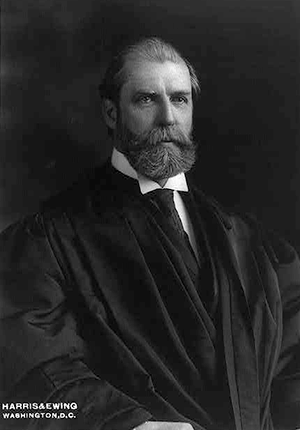Summary
Stromberg v. California involved a California law banning anyone from displaying “a red flag” in “any public place” as “a sign, symbol or emblem of opposition to organized government.” In a 7-to-2 decision, the Supreme Court overturned a conviction under this law on First Amendment grounds. This was the first time that the Supreme Court had ever used the First Amendment to move beyond protections against prior restraint and, instead, attacked subsequent punishment in the name of the freedom of speech. In his majority opinion, Chief Justice Hughes advanced a powerful First Amendment vision. For Hughes, the First Amendment must protect speech that allows the American people to govern themselves.






